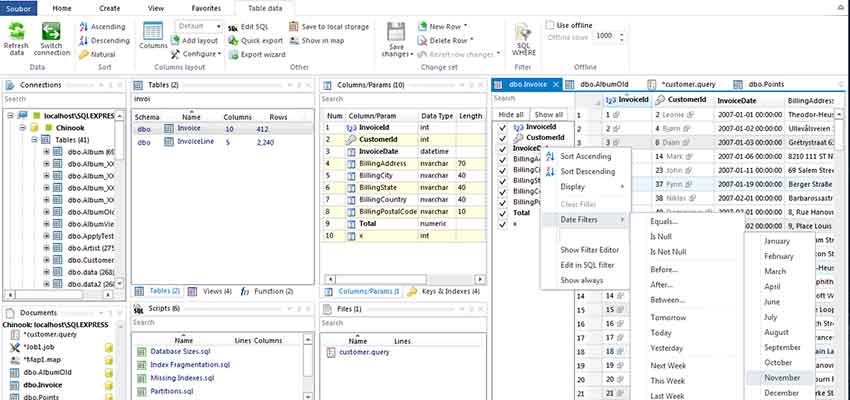Show:
How to Optimize your SQL Database
A poorly optimized database can have a knock-on effect that compromises the performance of every service which relies on it.
Rather than allowing a sub-optimal SQL ecosystem to persist, it pays to take action and make improvements. Here are just a few of the ways you can ameliorate database performance, without tearing your hair out.

Tune queries
The first thing to consider when optimizing your database performance is that the queries themselves may be to blame.
There are a number of tricks to consider in this case, but you also need to be able to find the problem queries to know which need fixing. Persistent database monitoring will help you identify issues and guide your maintenance accordingly.
Get indexing right
In order for a database to function efficiently, indexing is needed, as this forms the framework around which typical retrieval tasks can operate.
While you need indexing to make the most of your resources, you also need to avoid over-indexing, because this can slow down performance as well. You will also need to defragment indexes so that the data they contain is well ordered and not a bottleneck in its own right.
Again, this is something you should keep tabs on over time, rather than just assuming that once it is up and running, it will remain on the right track. Regular maintenance, rather than occasional blitzes of optimization, will be better overall.
Address hardware problems
Even if queries are optimized and indexing is carefully orchestrated, SQL database performance can still suffer if there is some conundrum being caused by the underlying hardware.
Snarl-ups here can take many forms; perhaps your I/O is insufficient to deal with the volumes of requests that your database is facing, or maybe you simply lack the storage capacity to cope with the amount of information that is being piled onto the platform at any one time.
You should also look out for memory-related performance snafus, as insufficient or poorly allocated RAM can hold back an otherwise adequately powerful server setup.
Set expectations to help detect and measure discrepancies
One of the most important steps for any database administrator to take when aiming to optimize performance is to set a benchmark for how you expect the infrastructure to perform in typical circumstances. This will give you a point of reference against which you can plot current performance metrics, letting you see what issues, if any, are present.
This is not just good for moment to moment maintenance, but also to give you a longer term overview of how peaks and troughs of performance play out, and whether you will have sufficient headroom for the demands placed on the server to increase, without this creating complications as well.
Ultimately it is best to be on the lookout for any instability, across hardware and software, so you can act as soon as possible. The longer a performance concern goes unaddressed, the more damage it will do and the tougher it will be to fix.

 Return to Previous Page
Return to Previous Page








